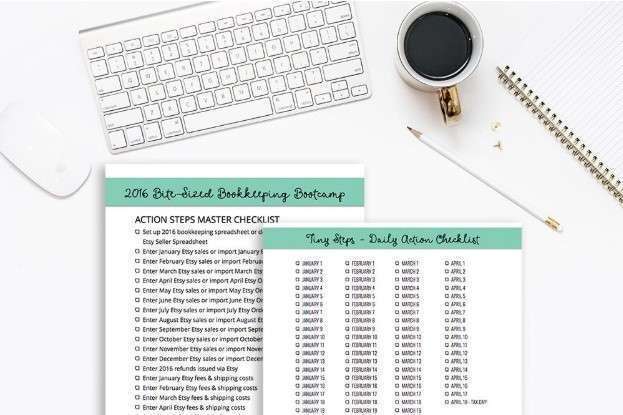From the real balance sheet for XYZ Ltd., this was obtained from their annual report. XYZ Ltd.’s total assets were $12 billion and its total liabilities were $5 billion as of March 31, 2021. Accounts receivable and inventory are examples of current assets because they can both be converted into cash within a year. Long-term liabilities are debt or financial obligations that must be repaid over a longer period of time than current liabilities, which are debt or financial obligations due within a year.
What is shareholders equity on a balance sheet?
In all of the examples we’ve discussed in this article, the basis of calculating that equity was rooted in this accounting equation. Equity is important because it represents the value of an investor’s stake in a company, represented by the proportion of its shares. Owning stock in a company gives shareholders the potential for capital gains and dividends. Owning equity will also give shareholders the right to vote on corporate actions and elections for the board of directors. These equity ownership benefits promote shareholders’ ongoing interest in the company.
Great! The Financial Professional Will Get Back To You Soon.
- Investors usually seek out equity investments as it provides a greater opportunity to share in the profits and growth of a firm.
- It is possible to determine a company’s shareholders’ equity by deducting its total liabilities from its total assets, both of which are listed on the balance sheet.
- After the repurchase of the shares, ownership of the company’s equity returns to the issuer, which reduces the total outstanding share count (and net dilution).
- The articles and research support materials available on this site are educational and are not intended to be investment or tax advice.
- For example, a company’s brand name could be considered an asset, but it’s tough to say exactly what that brand name is worth.
- Because shareholder equity is equal to a company’s assets minus its debt, ROE could be considered the return on net assets.
- In order to determine the equity of the shareholders, let’s use the company ABC Ltd as an example.
In the case of acquisition, it is the value of company sales minus any liabilities owed by the company not transferred with the sale. As with assets, liabilities are divided into current liabilities, which include things like rent, tax, utilities, debts that are https://www.bookstime.com/ payable within a year, and dividends payable. « Long-term liabilities » generally refers to long-term debt the company has issued (bonds), but it can include other non-immediate expenses such as pension obligations.
Equity and Financial Accounting
- The company’s shareholder’s typically care about the company’s profits and are interested in their equity.
- Company equity is an essential metric when determining the return being generated versus the total amount invested by equity investors.
- A company’s enterprise value incorporates its market value of equity into the equation along with total debt minus cash and cash equivalents to provide a rough idea of a company’s takeover valuation.
- The liabilities to be aggregated for the calculation are accounts payable, accrued liabilities, short-term debt, unearned revenue, long-term debt, and other liabilities.
- While long-term assets are less liquid, retained by the company for at least a year, or cannot be converted to cash within a year, current assets are liquid and can be converted to cash within the year.
- Utilizing the Accounting Equation or Balance Sheet Equation is the first method for calculating owner’s equity.
So, as long as you know all of a company’s assets and liabilities, its stockholders’ equity is relatively easy to calculate. All three metrics are readily found on the balance sheet of any publicly traded company. However, for privately held businesses, assets and liabilities should be relatively straightforward to calculate (or at least estimate), and therefore, stockholders’ equity can be found. Stockholders’ equity is equal to a firm’s total assets minus its total liabilities.
If it’s negative, the company has more liabilities than assets, which could put off investors who consider such businesses to be risky investments. Equity held by shareholders, however, is not the only measure https://www.instagram.com/bookstime_inc of a company’s financial stability. Therefore, it should be used in conjunction with other metrics to provide a more complete view of how a business is doing.
- In 2018, Company PQR’s total assets would be $17.8 million, while its accrued liabilities would be $5.6 million.
- In the absence of a balance sheet, the shareholder’s equity can be determined by adding up all assets and deducting all liabilities to get the shareholder’s equity.
- Therefore, the equation reflects the principle that all of a company’s resources (assets) can be paid in one of those two ways.
- As such, it is a common financial metric which is used by most of the analysts to assess the financial health of a company.
How Do You Calculate a Company’s Equity?
Basically, stockholders’ equity is an indication of how much money shareholders would receive if a company were to be dissolved, all its assets sold, and all debts paid off. Stockholders’ equity is also referred to as stockholders’ capital or net assets. In essence, total equity is the amount invested in a company by investors in exchange for stock, plus all subsequent earnings of the business, minus all subsequent dividends paid out. Many smaller businesses are strapped for how to get total equity cash and so have never paid any dividends.
And finally, it can be used by suppliers to see if a business has accumulated a sufficient amount of equity to warrant being extended credit. Companies that buy back stock on the open market typically use the shares for treasury purposes, which exempt them from counting toward the total number of shares outstanding. When speaking of actual equity, you are effectively taking into account the whole market value of the company’s assets minus the sum of its liabilities. The overall equity (market value) in this situation will not be equal to the whole shareholder equity (book value). To calculate a company’s equity, you essentially take its total assets and subtract its total liabilities.





